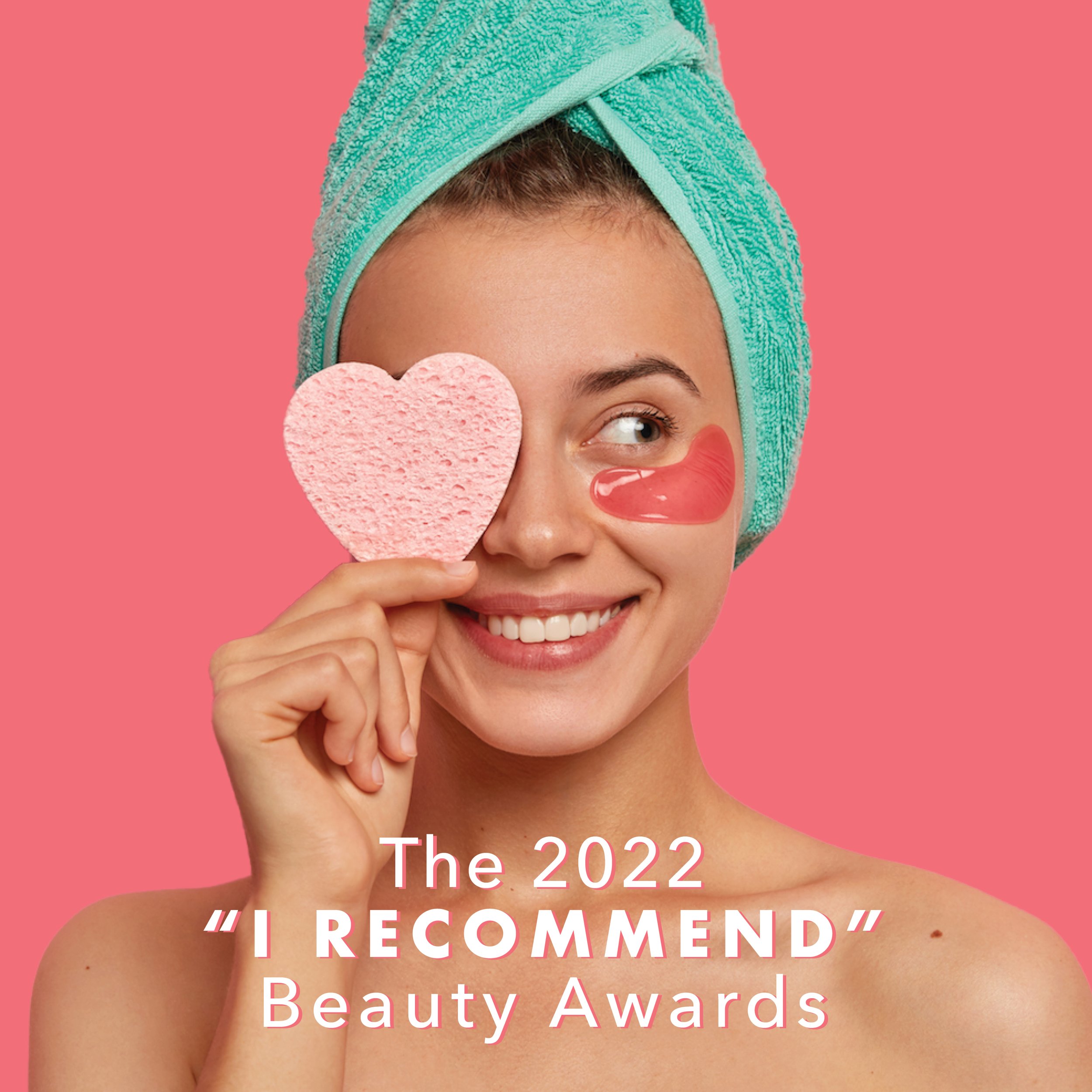Ask a Product Developer: How Does Anti-Pollution Skincare Work?
(Photo: iStockphoto)
As global pollution levels rise, researchers are exploring ways to block the effects of the tiny airborne particles (a.k.a. particulate matter) on our skin. Lavinia Popescu, senior director of research and product development at Elizabeth Arden, details why damage control is crucial.
Why is anti-pollution skincare such a trend right now?
Big cities like Mumbai, Beijing and Los Angeles are all known to have increased levels of pollutants [known as particulate matter]. In reality, we don’t have too much data, but the data we do have definitely shows pollutants can severely damage skin.
How do these products protect skin from pollution?
Pollution particles can penetrate through pores, and this is what we try to stop. The main mechanism is to cover the skin so they stay on the surface of the shield. [With our Elizabeth Arden Prevage City Smart], we used a silicone polymer [to make] a semi-permeable membrane. It’s very effective, but not 100 percent effective, so we have an antioxidant blend and a DNA enzyme complex [to help repair skin damage].
What happens to skin when it’s exposed to pollution?
We have two types of side effects. The first ones are immediate: redness, irritation and sensitivity. The skin becomes more dry and uncomfortable. If you have acne or a skin condition like eczema, psoriasis or rosacea, the effects of the pollutants will make it more aggressive. Secondly, in the long term it [contributes to] signs of aging: fine lines and wrinkles, dark spots, collagen and elastin reduction, and sagging.
Is skin damage from pollution different from that of UV rays or free radicals?
When pollutants penetrate into the skin, they create free radicals. The problem is the quantity. UVA and UVB [rays] usually target specific free radicals; pollutants target the entire spectrum of free radicals. Also, if you stay outside in high UV radiation, the damage is really high, but you feel it with heat or sunburn. When you are exposed to high concentrations of pollutants, you don’t feel it.
When should someone start incorporating anti-pollution products into their regimen?
It’s more based on geography. The latest studies show that for people staying in high-pollutant cities for years, the aging [process] starts when they’re very young—16 or 17 years old.
Is cleansing skin properly as effective as blocking the tiny pollution particles from entering pores?
Cleansers help eliminate pollutants on the surface of the skin, but on their own they are not enough. In reality, the particles don’t just sit on the surface. They penetrate immediately because they are so much smaller than pore size.
NEW IN STORES:
Elizabeth Arden Prevage City Smart Broad Spectrum Sunscreen SPF 50 Lotion protects against both pollutants and UV rays, blocking the latter with 100 percent mineral filters. $85, at Hudson’s Bay, Shoppers Drug Mart and London Drugs
Clinique City Block Purifying Charcoal Clay Mask + Scrub uses bamboo charcoal to draw dirt and debris out from pores while exfoliating dull skin with silica beads. $34, at select Shoppers Drug Mart stores
Clarins Booster Detox packs a concentrated dose of green coffee extract; when mixed with a moisturizer, it helps revive skin from pollution-induced dullness. $40, available September at Clarins counters
This article was originally published in the Fall 2016 issue of Cosmetics magazine.










